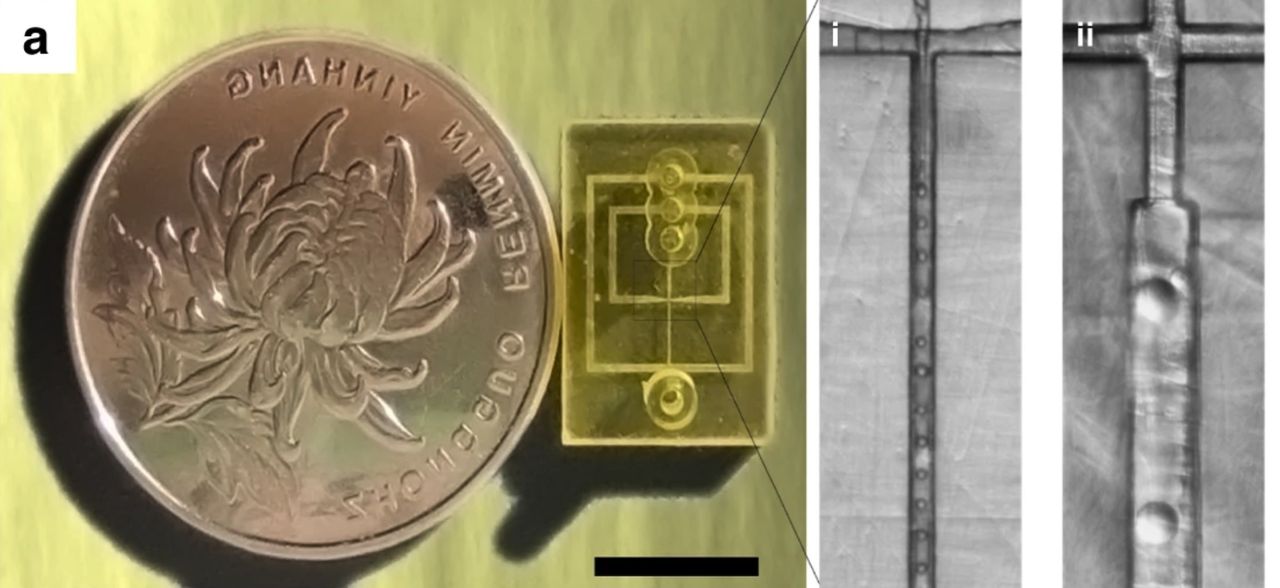
New research has developed a method for increasing resin 3D printing resolution.
The research focused on ways to 3D print microfluidic chips, which are tiny devices containing channels for fluid flow, typically for biomedical applications. These have been traditionally produced using standard lithography methods, but there is a desire to 3D print them to gain the advantages of more possible geometries.
However, current resin 3D printing methods have trouble obtaining resolution much better than 0.100mm. Note that there is one method, “two photon polymerization” (TPP) that can achieve microscopic resolutions, but that requires specialized equipment and is limited in scale.
The new approach is quite interesting. They have created an approach using DLP resin 3D printing to prepare high resolution and scalable micro channel fabrication.
How is this done? They explain:
“Specifically, we proposed a modified mathematical model to precisely predict the accumulated UV irradiance for resin photopolymerization, thereby providing guidance for the fabrication of microchannels with enhanced resolution. By fine-tuning the printing parameters, including optical irradiance, exposure time, projection region, and step distance, we can precisely tailor the penetration irradiance stemming from the photopolymerization of the neighboring resin layers, thereby preventing channel blockage due to UV overexposure or compromised bonding stability owing to insufficient resin curing.”
Was this successful? Evidently so, as they report that when using a commercial 3D printer with pixel size of 0.01mm, they were able to create structures with cross-sectional dimensions of 0.02 x 0.02 mm. That’s quite impressive, as typical structure sizes are somewhat larger than the pixel size.
This is quite interesting, and while they’ve used this approach for use in making biomedical microfluidic parts, it seems to me that the same or similar method could be applied to typical desktop resin 3D printers.
If it could be done, then I’m imagining a way to perform a software upgrade that would greatly enhance the resolution of equipment, much in the same way that Klipper was able to achieve higher speeds on FFF 3D printers.
Will this happen? I’m not at all certain, but it seems that some resin 3D printer manufacturers might want to take a look at this work. Are you listening, Anycubic, Creality, Elegoo, Prusa and others?
Via Nature
